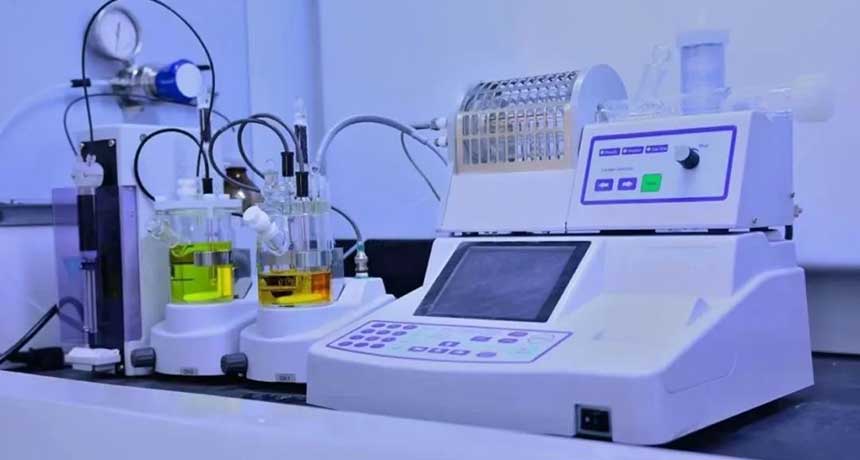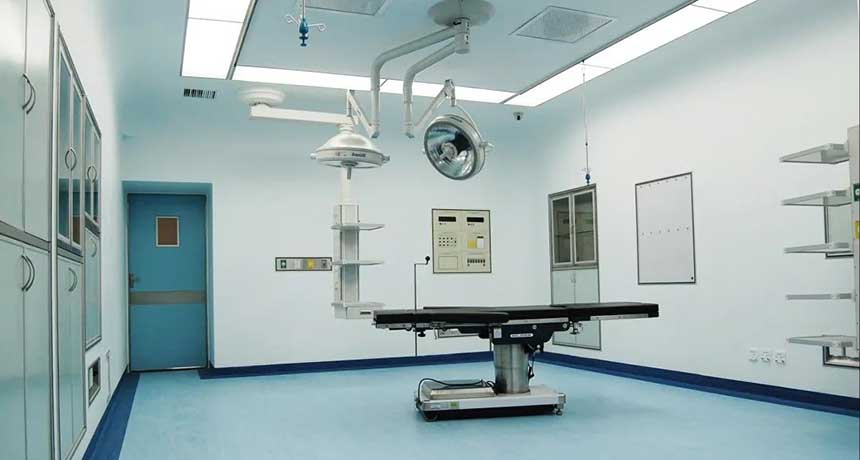Doppler sonography is a medical ultrasound examination that uses the Doppler effect to produce images of the motion of tissues and body fluids (usually blood) and their relative velocities with a probe. By calculating the frequency shift of a specific sample volume, such as flow in an artery or blood flow across a heart valve, its speed and direction can be determined and displayed. Color Doppler or color flow Doppler displays velocity via a color scale. Color Doppler images are often combined with grayscale (B-mode) images to display duplex ultrasound images, allowing simultaneous visualization of the anatomy of the area. This is particularly useful in cardiovascular studies (ultrasound examination of the vascular system and heart) and is essential in many areas, such as the determination of hepatic vascular reverse blood flow in portal hypertension. The application of the Doppler effect plays a great role in medicine, and is also the focus of learning for the medical imaging major in the medical profession.
Display Doppler information using spectral Doppler graphics, or display Doppler information using color Doppler (directional Doppler) or power Doppler (non-directional Doppler). This Doppler shift falls within the audible range and is typically aurally presented using stereo speakers: this creates a very distinctive synthetic pulsating sound.
All modern ultrasound scanners use pulse Doppler to measure velocity. Pulse wave machines emit and receive a series of pulses. Ignore the frequency shift of each pulse, but use the relative phase change of the pulses to obtain the frequency shift (since frequency is the rate of change of phase). The main advantages of pulse wave Doppler (=PW Doppler) over continuous wave (=CW Doppler) are the distance information obtained (the time between the transmitted pulse and the received pulse can be converted into distance knowing the speed of sound) and the gain Correction application. The disadvantage of pulsed Doppler is that the measurements may be aliased. The terms Doppler ultrasound and Doppler ultrasound have been accepted to apply to pulsed and continuous Doppler systems, although the mechanisms for measuring velocity differ.
It should be noted that there are no standards for the display of color Doppler. Some labs show arteries in red and veins in blue, as medical illustrators often do, even though some may have part of the blood flowing to the sensor and part of the blood flowing out of the sensor. This results in the illogical appearance of a blood vessel being part vein and part artery. Other laboratories use red to indicate flow to the transducer and blue as it leaves the transducer. There are some other labs that prefer to display ultrasound Doppler color maps that are more consistent with previously published physics: with redshift representing longer echoes (scattering) from blood moving away from the transducer; and blue representing transduction from flow to The short wave of the echo reflected by the blood of the organ. Because of this confusion and lack of standards among various laboratories, sonographers must understand the basic acoustic physics of color Doppler and the physiology of normal and abnormal blood flow in the human body. This requires certain professional knowledge and skilled technology to truly master, and it will also be part of the development process of medical imaging.
use
Transcranial: Transcranial Doppler (TCD) and transcranial color Doppler (TCCD) measure the speed of blood flow through the blood vessels of the brain (through the skull). These medical imaging modalities perform spectral analysis of the acoustic signals they receive, and can therefore be classified as methods of active acousto-optic rephotography. They are used as a test to help diagnose problems such as embolism, stenosis, vasospasm from subarachnoid hemorrhage (ruptured bleeding aneurysm), and other problems.
Blood vessels: Vascular ultrasound can help determine a variety of factors within the circulatory system. It can evaluate central (abdominal) and peripheral arteries and veins; it helps determine the amount of narrowing (narrowing) or occlusion (complete blockage) of blood vessels within an artery; it helps rule out aneurysmal disease; it is useful in ruling out thrombotic events Major aid. Duplex is an inexpensive, non-invasive method of determining pathology. It is used for example: ultrasound examination of the carotid artery; ultrasound examination of deep vein thrombosis; ultrasound examination of chronic venous insufficiency of the legs, etc.
Kidney: Doppler ultrasonography is widely used for renal ultrasound examination. Color Doppler technology readily delineates renal vessels to assess perfusion. Applying spectral Doppler to the renal arteries and selected interlobular arteries, peak systolic velocity, resistance index and acceleration curves can be estimated, e.g. peak systolic velocity of the renal artery above 180 cm/s is a predictor of renal artery stenosis exceeding 60%, And a resistance index calculated from peak systolic velocity and end-systolic velocity greater than 0.70 indicates abnormal renal vascular resistance.
Heart: Doppler echocardiography uses Doppler ultrasound to examine the heart. An echocardiogram can, within certain limits, produce an accurate assessment of the direction and velocity of blood flow and velocity of blood and heart tissue at any point using the Doppler effect. One limitation is that the ultrasound beam should be as parallel to the blood flow as possible. Velocity measurement allows assessment of heart valve area and function, any abnormal communication between the left and right sides of the heart, any leakage of blood through the valve (valvular regurgitation), calculation of cardiac output and calculation of the E/A ratio (diastolic function measure of obstacles). Contrast-enhanced ultrasound using gas-filled microbubble contrast agents can be used to improve velocity or other flow-related medical measurements.
Fetal monitor: A prenatal test that uses the Doppler effect to detect the fetal heartbeat. These are handheld and some models also display heart rate per minute (BPM). The use of this monitor is sometimes called Doppler auscultation. Doppler fetal monitors are often referred to simply as Doppler or fetal Doppler. A Doppler fetal monitor provides information about the fetus, similar to that provided by a fetal stethoscope.
GN Admissions Guide With the addition of the Doppler effect, medical imaging technology can better serve clinical medicine. It has the advantages of two-dimensional ultrasound structural images and at the same time provides rich information on hemodynamics. Its practical application is subject to With widespread attention and welcome, we should believe that the future development of medical imaging technology will be more scientific and convenient, making our health more secure.






